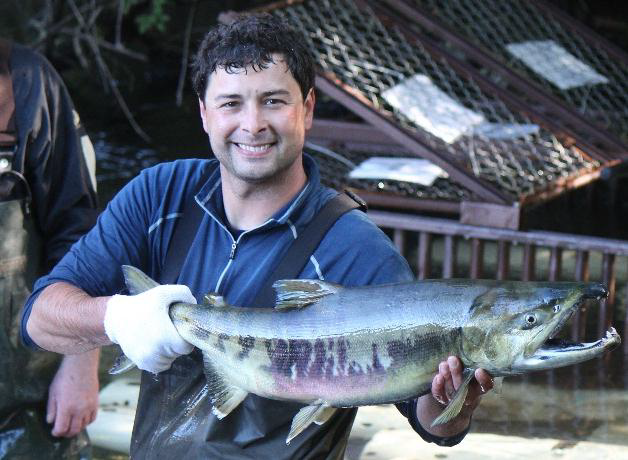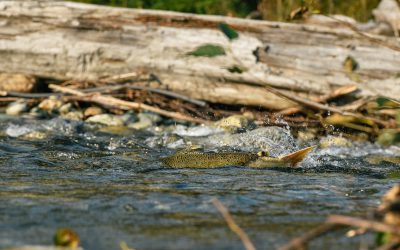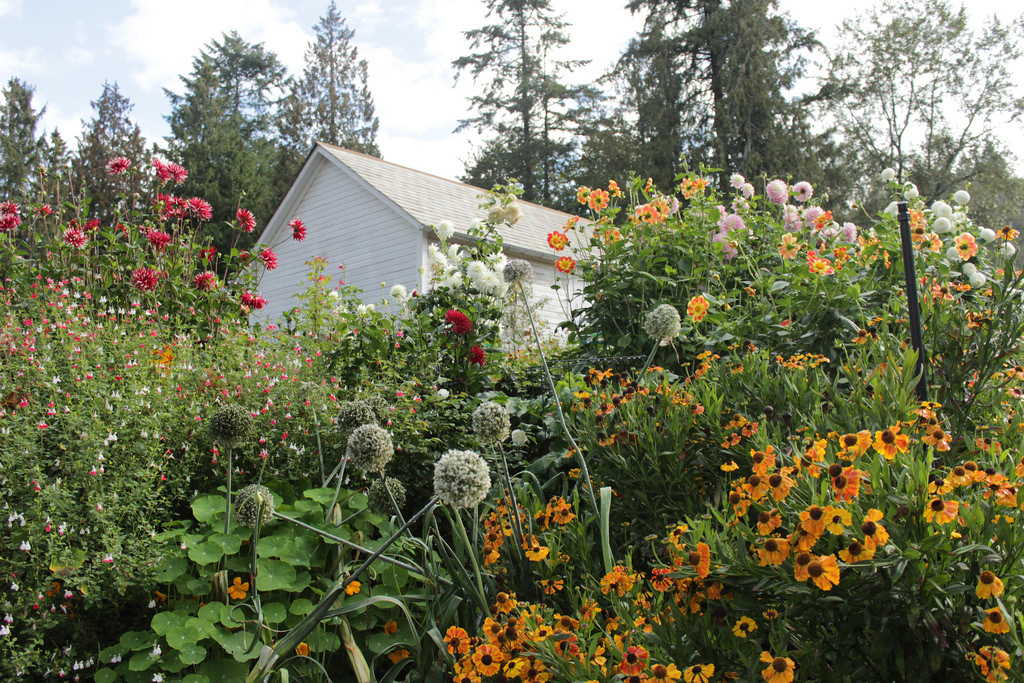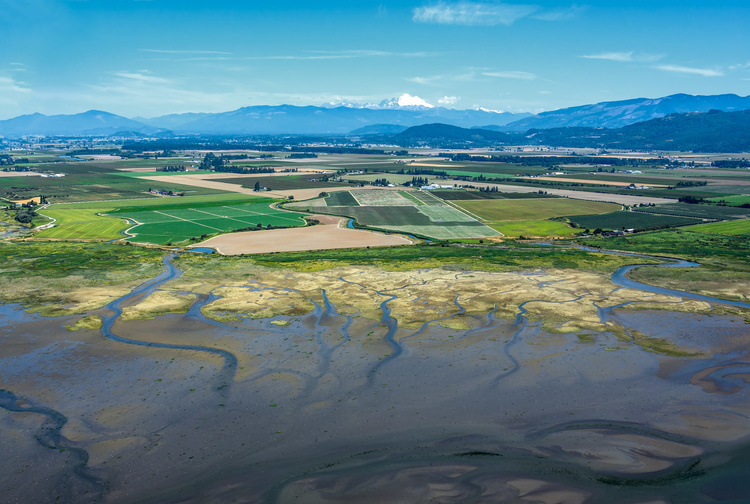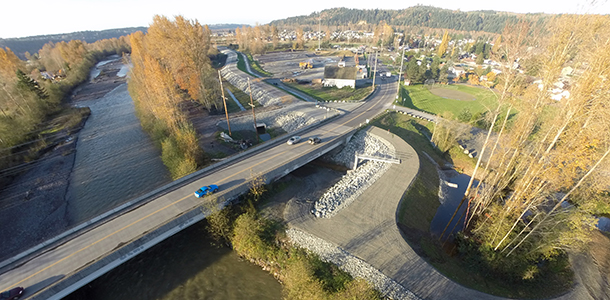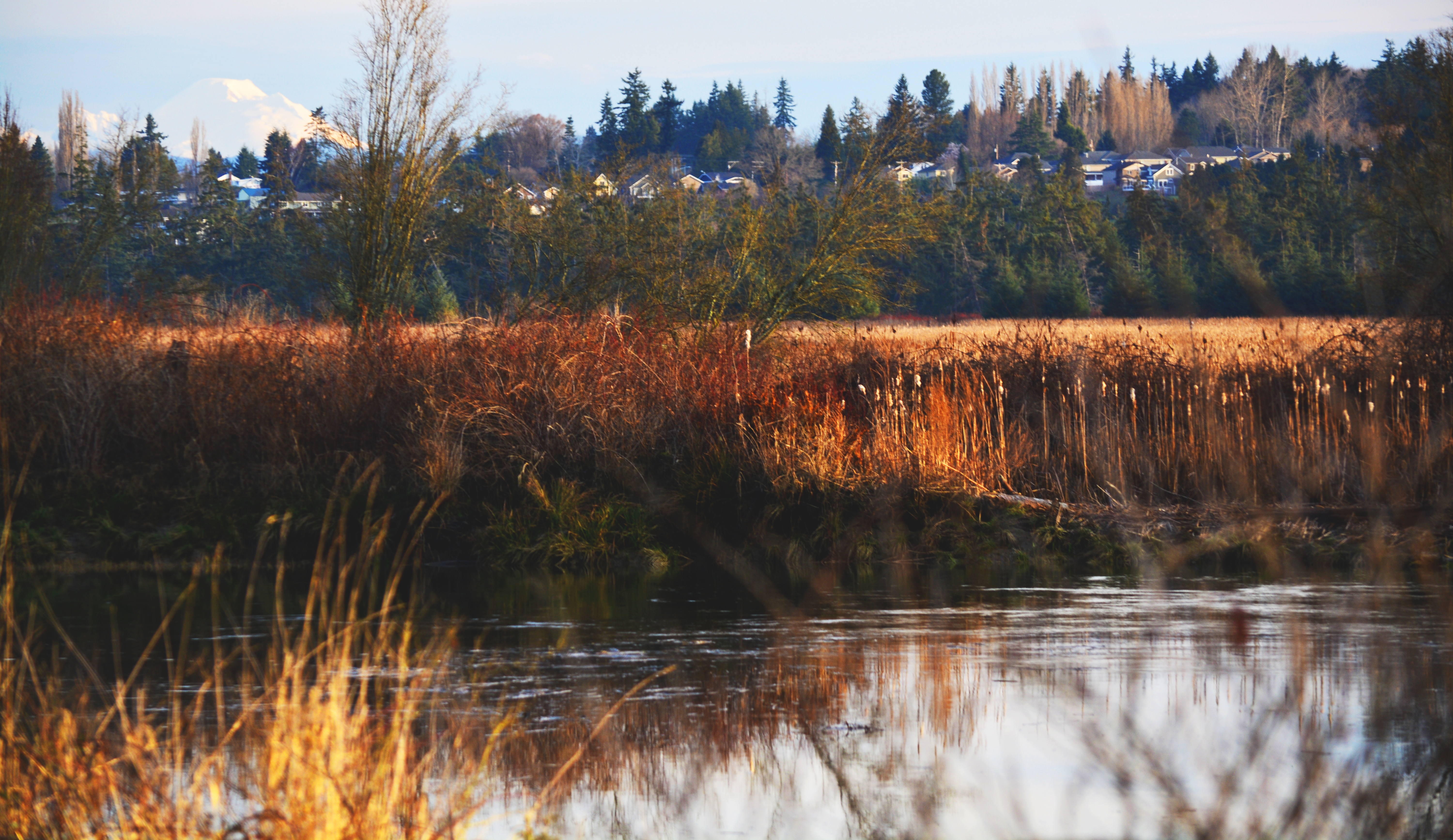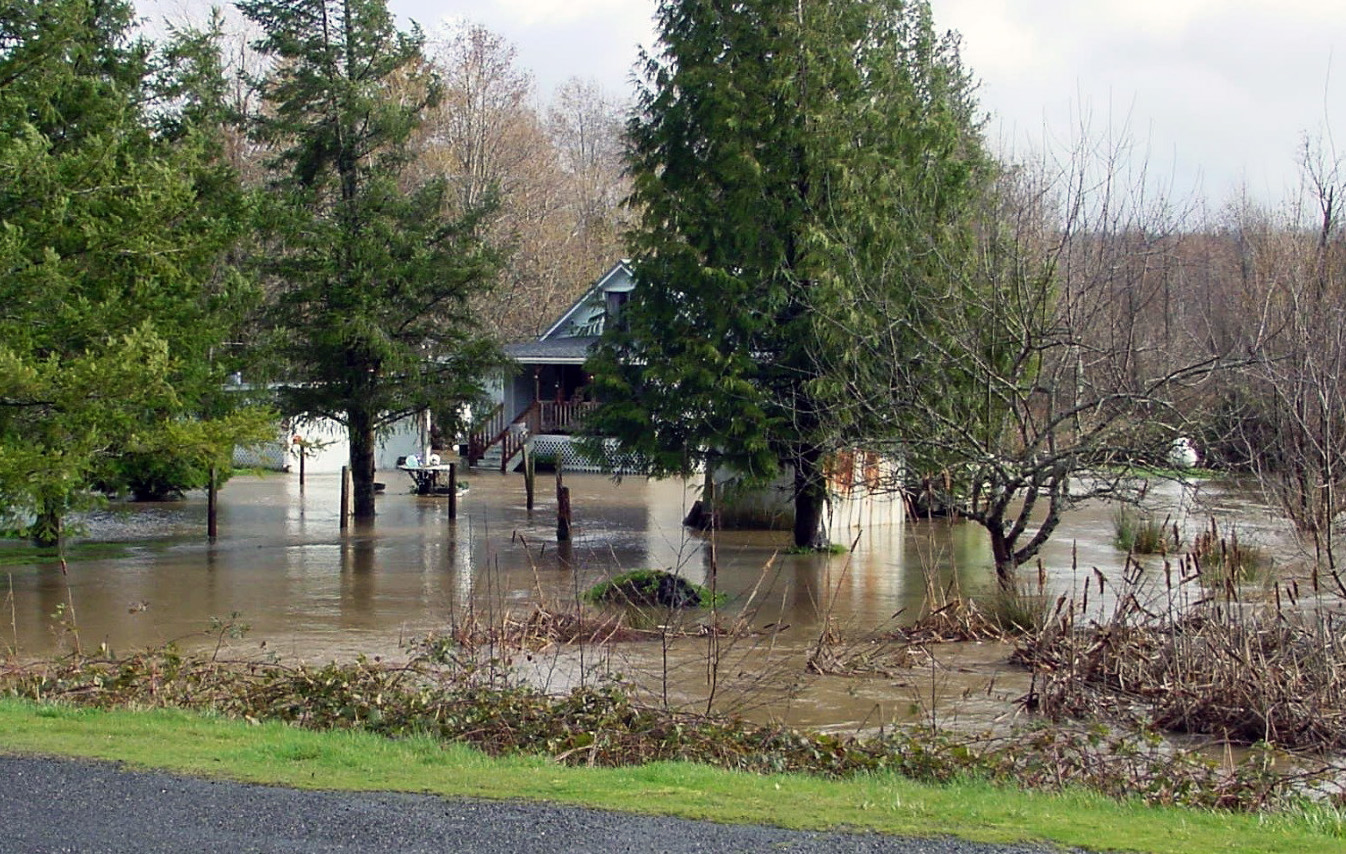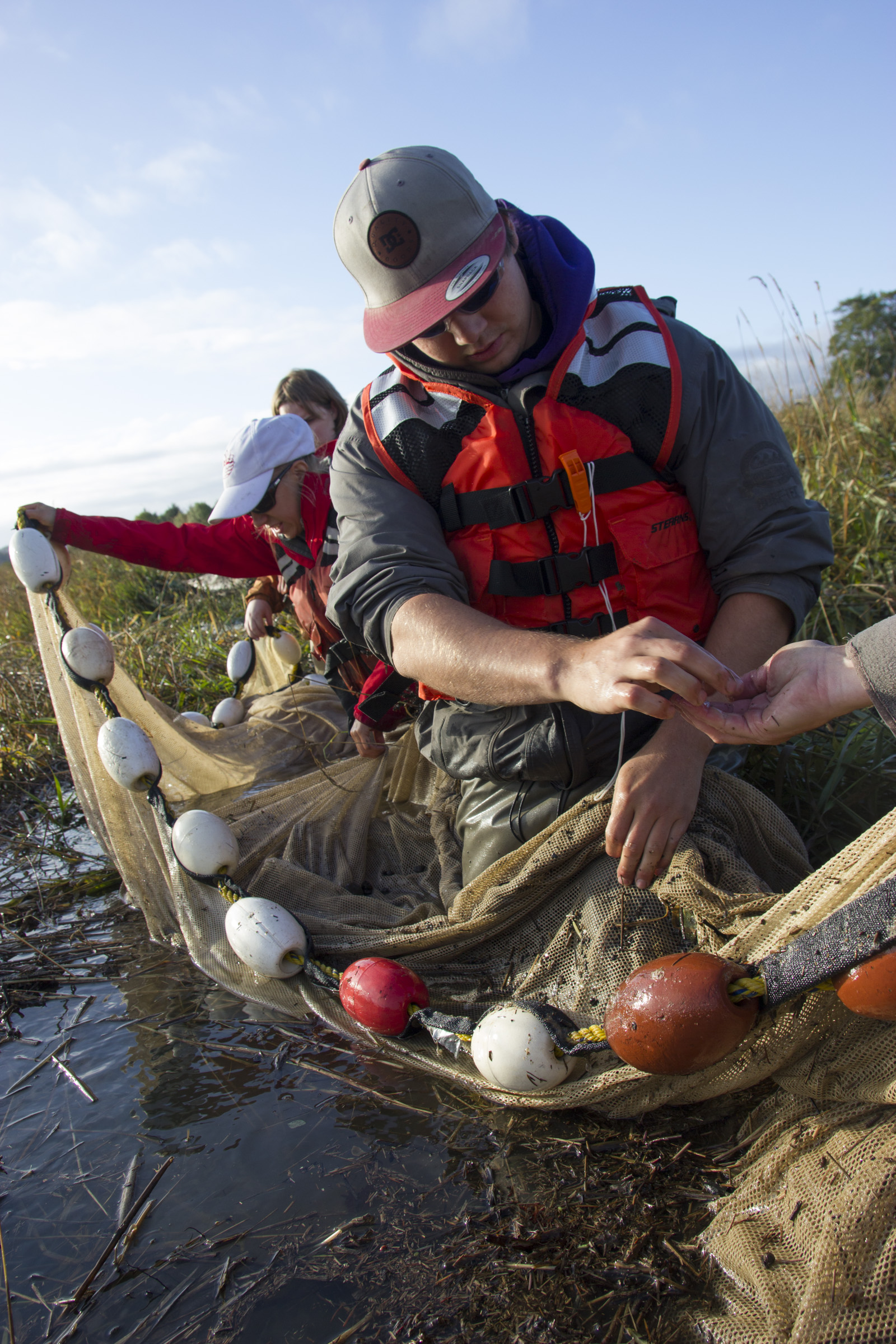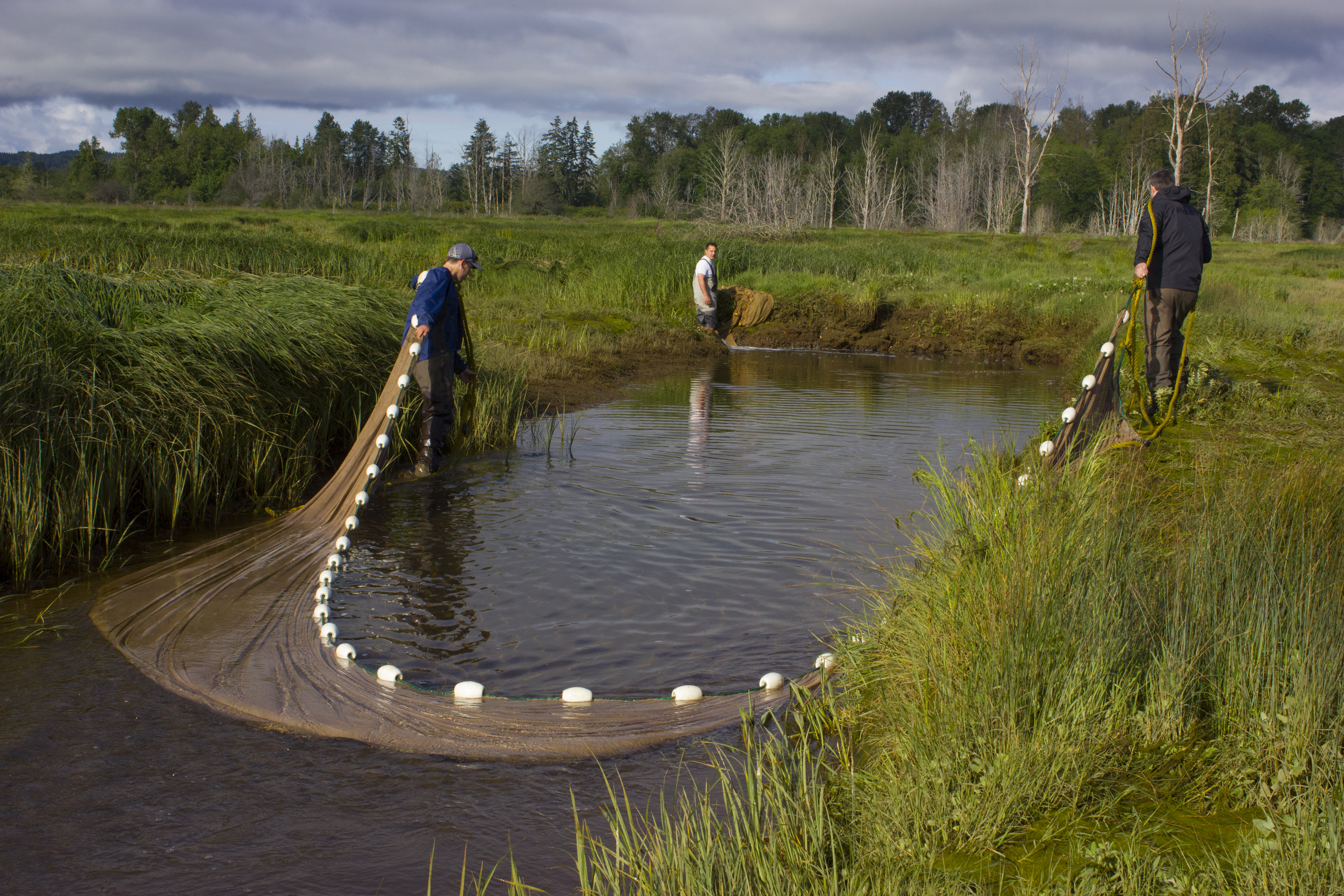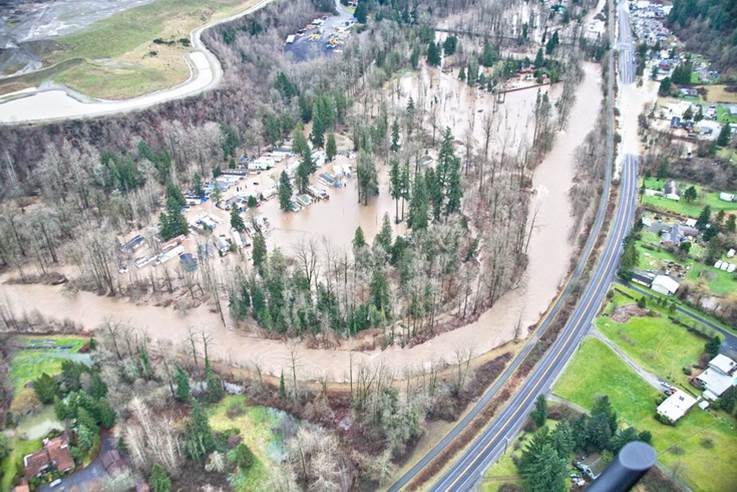Restoring habitat and connecting people and salmon The Hood Canal Salmon Enhancement Group and the Washington Department of Fish and Wildlife collaborated to return ocean tides to restore salt marsh habitat in the lower Union River, which is part of the larger Lynch...
Making connections for salmon in the Skagit
Photo credit: Eric Mickelson, Skagit River System Cooperative Project Summary Illabot Creek is a highly productive tributary of the upper Skagit River that supports relatively large populations of Chinook, chum, coho, and pink salmon, native char, and steelhead trout....
Moga Farm Restoration Project
CONGRESSIONAL DISTRICT: 01 LEGISLATIVE DISTRICT: 39 WRIA: 7 CITY, COUNTY: Snohomish, Snohomish County PROJECT SUMMARY The Snohomish River is the second largest producer of Endangered Species Act-listed Chinook salmon in the Puget Sound. The Moga Farm...
Fir Island Restoration
CONGRESSIONAL DISTRICT: 2 LEGISLATIVE DISTRICT: 10 WRIA: 3 CITY, COUNTY: Skagit, Skagit County Project Summary The Skagit River and its delta provide habitat to some of the largest runs of Chinook, pink, and chum salmon in the state. Tidal wetlands protect and feed...
Calistoga Levee Setback
CONGRESSIONAL DISTRICT: 8 LEGISLATIVE DISTRICT: 2 WRIA: 10 CITY, COUNTY: Orting, Pierce County Project Summary Man-made levee systems disconnect the river from its floodplain and prevented the large river systems from meandering. In Orting, the Puyallup River would...
Smith Island
The Smith Island Estuary Restoration Project will benefit threatened salmon, restore ecological systems, and improve flood control and recreation across the region by: Removing a historic levee, excavating channel networks, and installing wood placements to improve...
Lower Big Quilcene
The Lower Big Quilcene restoration project is in the design phase of developing community-supported actions to improve flood protection for the town of Quilcene, over 30 homes, and road access to the largest employer in Jefferson County—Coast...
Leque Island Estuary
In the Stillaguamish River watershed, 85 percent of historical tidal marsh habitat has been displaced by other uses. Leque Island's tidal marsh habitat is particularly valuable for young Chinook salmon as they transition from fresh water to saltwater but it is...
Qwuloolt Estuary Restoration
Led by the Tulalip Tribes, the Qwuloolt Estuary restoration is one of the largest restoration projects in Puget Sound. (Qwuloolt is the Lushootseed word for "marsh.") Located within the Snohomish River floodplain, the estuary historically encompassed tidal...
Skokomish Estuary Restoration
The Skokomish River floods more frequently than any river in Washington, and yet the river channel often goes dry during Chinook salmon migration. This is because nearly half of the Skokomish River estuary had been converted to diked farmland, which contributed to...
Rainbow Bend
Rainbow Bend on the Cedar River was the site of an ambitions levee removal and floodplain restoration project that provided flood risk reduction benefits and restored salmon habitat. The project's first stage included buying a flood-prone mobile home park and...

